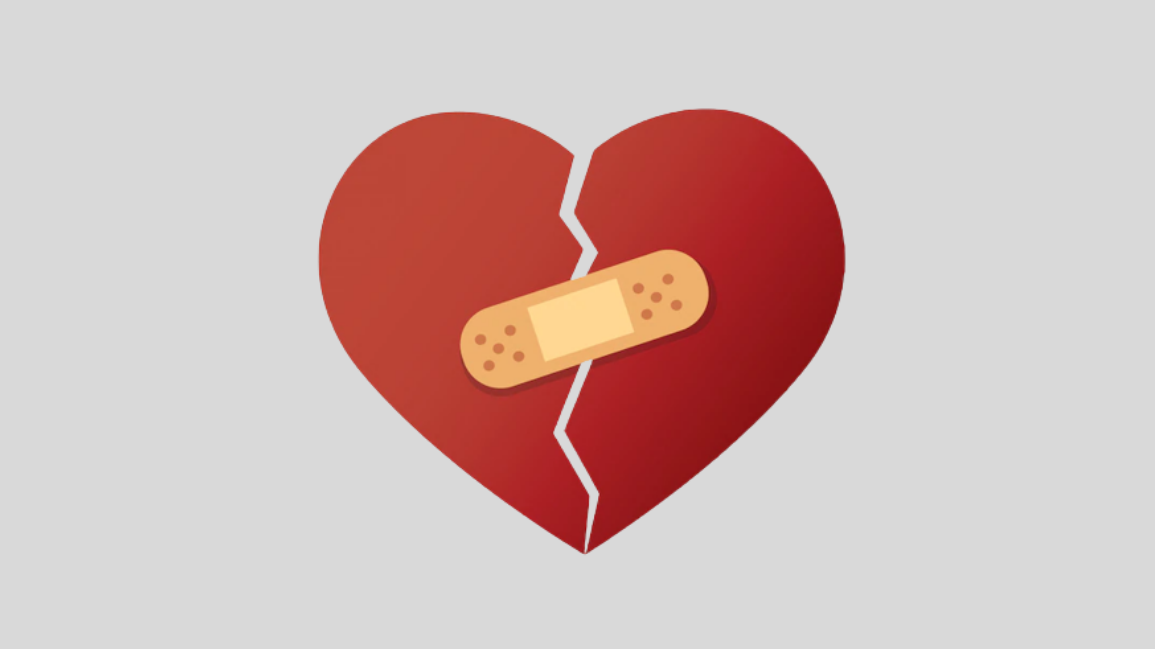
Most women experience some symptoms in the days before their period starts. Most commonly these include tender breasts, changes in bowel habits and menstrual cramps, and you may be a little moody.
Usually, these symptoms are mild and can be eased with dietary modification, perhaps a warm pack, and over the counter pain relievers. If your symptoms are severe or are affecting your usual activities, you may have Premenstrual Syndrome (PMS).
PMS can affect your body, your mood, and your behavior.
Premenstrual dysphoric disorder (PMDD) is a more severe form of PMS that has greater psychological symptoms.
PMDD affects three to eight percent of pre-menopausal women
The cause of PMS is unknown.
- Some symptoms may be worsened by a high-salt diet, alcohol, or caffeine.
- The underlying mechanism is believed to involve changes in hormone levels.
- Your period is controlled and regulated by a complex orchestra of hormones, secreted by your pituitary gland, hypothalamus, and ovaries.
- These hormones also interact with the hormones that regulate mood in the brain and can have effects on many of your bodily functions, contributing to the uncomfortable symptoms of PMS.
- Your brain chemistry changes in response to different hormone levels. For example fluctuations in the mood-related neurotransmitter serotonin can cause changes in mood and sleep. However, there are many other factors at play, and it isn’t clear why some women have very severe premenstrual symptoms and others do not.
Emotional and behavioral signs and symptoms:
- Tension r anxiety
- Depressed mood
- Crying spells
- Mood swings and irritability or anger
- Appetite changes and food cravings
- Trouble falling asleep (insomnia)
- Social withdrawal
- Poor concentration
- Change in libido
Physical signs and symptoms
- Joint or muscle pain
- Headache
- Fatigue
- Weight gain related to fluid retention
- Abdominal bloating
- Breast tenderness
- Acne flare-ups
- Constipation or diarrhea
- Alcohol intolerance

The exact symptoms and their intensity vary significantly from woman to woman, and even somewhat from cycle to cycle and over time. Most women with premenstrual syndrome experience only a few of the possible symptoms, in a relatively predictable pattern.
For some, the physical pain and emotional stress are severe enough to affect their daily lives. Regardless of symptom severity, the signs and symptoms generally disappear within four days of the start of the menstrual period for most women.
Diagnosis requires a consistent pattern of emotional and physical symptoms occurring after ovulation and before menstruation to a degree that interferes with normal life. Emotional symptoms must not be present during the initial part of the menstrual cycle.
A daily list of symptoms over a few months may help in diagnosis.
Premenstrual dysphoric disorder (PMDD) is a rare, very severe form of PMS where women experience severe disruptions in the mood (depression, irritability, and anxiety) prior to menstruation. There are several options for treatment of PMDD, including medications like antidepressants or birth control pills, and cognitive behavioral therapy
But a small number of women with premenstrual syndrome have disabling symptoms every month. This form of PMS is called premenstrual dysphoric disorder (PMDD).
PMDD signs and symptoms include depression, mood swings, anger, and anxiety, feeling overwhelmed, difficulty concentrating, irritability and tension.
How can you manage PMS?
Leading a healthy lifestyle can make a big difference in how your body reacts to menstruation. Your symptoms may improve if you eat a healthy diet, exercise regularly, and cut down on caffeine, alcohol, and salt.
A healthy diet means eating more vegetables, fruit, whole grains, dairy, seafood, legumes and nuts, and less red and processed meats, less sugary drinks and fewer refined grain products (white bread and rice/cookies/donuts/cakes, etc.).
Many women experience cravings for sugar pre-menstrual. Avoid those cravings by eating regular balanced meals with snacks, avoiding sweet foods and choosing foods with low glycemic index.

In addition to taking note which days of the month are more symptomatic, take note of the time of day. Many women find late afternoon difficult. This may be a time when you yourself are tired and hungry.
Planning a balanced snack before you become symptomatic, or rest, a walk or other restorative activity may help. Advanced planning and understanding your own personal needs may make all the difference.
The hormones of the second half of the menstrual cycle can cause many women to have constipation, and around the time of the period, diarrhea. Having plenty of fiber and fluid in your diet will help with these symptoms.
Getting enough sleep and doing what you can to reduce stress can also help alleviate some of the mood and behavior-related symptoms. Pain symptoms can be treated with ibuprofen. Some women require prescription medications to help cope with either physical or mood-related symptoms.
When to see a doctor
If you haven’t been able to manage your premenstrual syndrome with lifestyle changes and the symptoms of PMS are affecting your health and daily activities, see your doctor.

For more information visit:
Osho Clinic (Psychiatry & Psychology)
Contact us: +91 9878645062
Mail us: oshomindcareclinic@gmail.com




